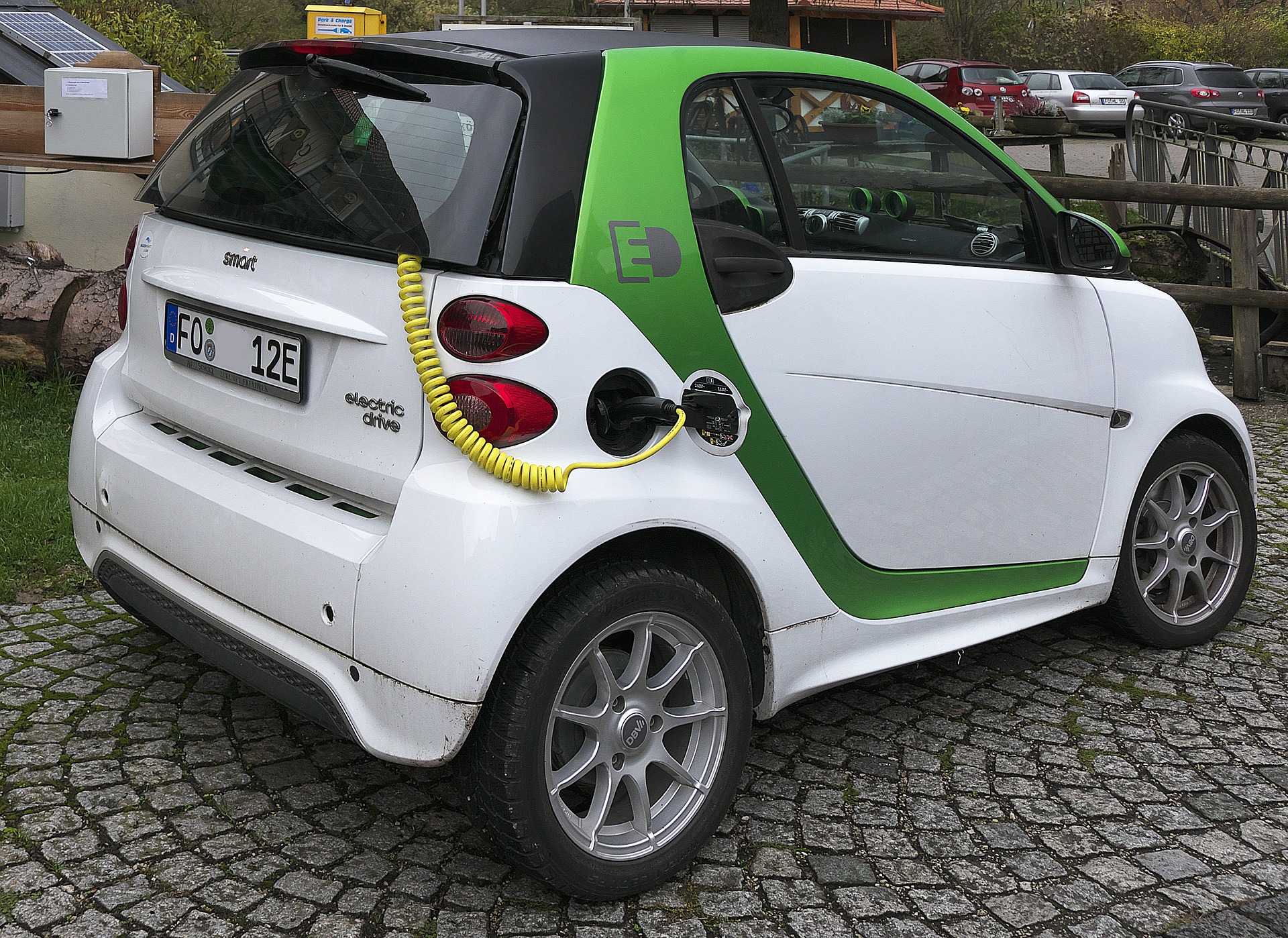How to Choose the Best Small Electric Car in 2025 – Important Tips
As the automotive industry shifts towards sustainability, small electric cars are gaining popularity worldwide. These compact vehicles offer eco-friendly transportation solutions while addressing urban mobility challenges. This article explores the latest innovations and trends shaping the future of small electric cars, highlighting their potential impact on our daily lives and the environment.

Advancements in Battery Technology
The heart of any electric vehicle lies in its battery, and small electric cars are no exception. Recent breakthroughs in battery technology have significantly improved the range and performance of these compact vehicles. Solid-state batteries, for instance, promise higher energy density, faster charging times, and improved safety. As these innovations continue to evolve, we can expect small electric cars to become even more practical for everyday use.
Improved Charging Infrastructure
One of the key factors driving the adoption of small electric cars is the expansion of charging infrastructure. Cities and businesses are investing in public charging stations, making it easier for owners to recharge their vehicles on the go. Additionally, innovations like wireless charging pads and ultra-fast charging technologies are reducing the time required to power up these compact EVs, addressing range anxiety concerns.
Smart Connectivity Features
Small electric cars are becoming increasingly connected, offering advanced features that enhance the driving experience. From smartphone integration to over-the-air updates, these vehicles are embracing the latest in automotive technology. Some models even incorporate artificial intelligence to optimize energy consumption and provide personalized driving recommendations, further improving efficiency and convenience.
Compact Design and Urban Mobility
As urban areas become more congested, small electric cars are emerging as an ideal solution for city dwellers. Manufacturers are focusing on innovative designs that maximize interior space while maintaining a compact footprint. These vehicles often feature flexible seating arrangements, foldable steering wheels, and even interchangeable body panels to adapt to different needs and preferences.
Sustainable Materials and Manufacturing
The future of small electric cars extends beyond their zero-emission powertrains. Manufacturers are increasingly incorporating sustainable materials in vehicle production, such as recycled plastics, bio-based composites, and even plant-based leather alternatives. This shift towards eco-friendly manufacturing processes aligns with the overall goal of reducing the automotive industry’s environmental impact.
Comparison of Leading Small Electric Cars
To provide a comprehensive overview of the current market, let’s compare some of the top small electric cars available:
| Model | Range (miles) | Battery Capacity (kWh) | Charging Time (0-80%) | Starting Price (USD) |
|---|---|---|---|---|
| Nissan Leaf | 149-226 | 40-62 | 40-60 minutes | 27,400 |
| Chevrolet Bolt EV | 259 | 65 | 60 minutes | 31,995 |
| Mini Cooper SE | 110 | 32.6 | 36 minutes | 29,900 |
| Renault Zoe | 245 | 52 | 30 minutes | 34,000 |
| Fiat 500e | 199 | 42 | 35 minutes | 33,210 |
Note: The prices listed are starting MSRPs and may vary depending on location, trim level, and available incentives. Charging times are based on DC fast charging. Please conduct independent research for the most up-to-date information and pricing in your area.
As small electric cars continue to evolve, they are poised to play a crucial role in shaping the future of urban transportation. With ongoing advancements in battery technology, charging infrastructure, and sustainable manufacturing practices, these compact EVs are becoming increasingly attractive to environmentally conscious consumers. The integration of smart features and innovative designs further enhances their appeal, making them a practical choice for city living.
The future of small electric cars looks promising, with continued research and development focused on improving range, performance, and affordability. As more automakers enter this market segment, competition will likely drive further innovations and cost reductions, making these vehicles accessible to a broader range of consumers. With their potential to reduce emissions and alleviate urban congestion, small electric cars are set to become an integral part of sustainable transportation solutions in the years to come.
The shared information of this article is up-to-date as of the publishing date. For more up-to-date information, please conduct own research.




